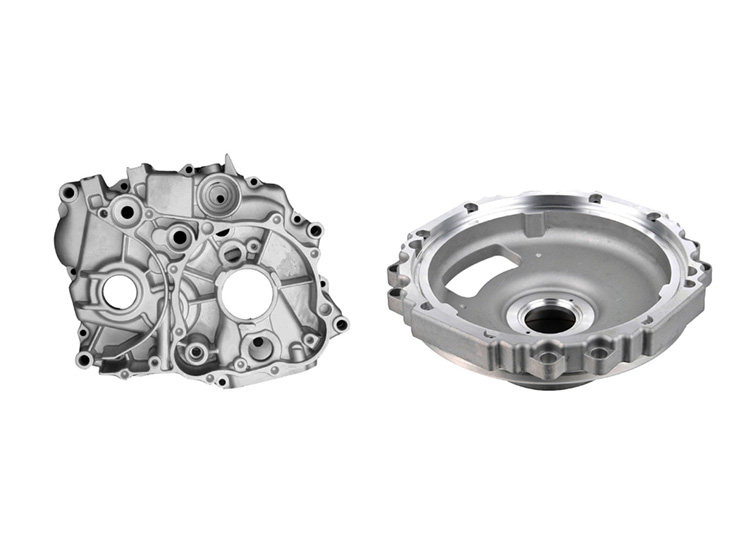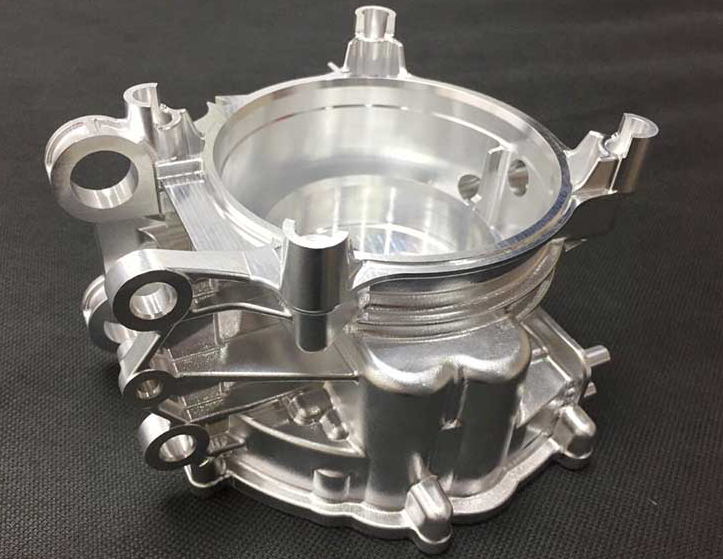Stahl Specialty Company Fundamentals Explained
Stahl Specialty Company Fundamentals Explained
Blog Article
Indicators on Stahl Specialty Company You Need To Know
Table of Contents9 Simple Techniques For Stahl Specialty CompanyFacts About Stahl Specialty Company RevealedGet This Report on Stahl Specialty CompanyThe Facts About Stahl Specialty Company RevealedThe smart Trick of Stahl Specialty Company That Nobody is Talking AboutGetting The Stahl Specialty Company To Work

If you're creating a steel item, you have actually likely thought about using light weight aluminum as the base material. It has a high strength-to-weight proportion, good deterioration resistance, good formability, and visual appeal. These variables have led to its boosted popularity in the last few years. Pure aluminum has restricted applications, so it is commonly combined with various other elements, such as silicon, magnesium, and manganese to create alloys.
(AA), based in North America, has created specifications that control light weight aluminum alloys' structure, properties, and nomenclature. There are two types of aluminum alloys wrought and cast.
The smart Trick of Stahl Specialty Company That Nobody is Talking About
Cast light weight aluminum alloys are made by melting pure light weight aluminum and integrating it with other steels while in liquid form. After that the mix is poured right into a sand, pass away, or investment mold and mildew. After solidification, the steel is eliminated from its mold. At this phase, it is in either its last type or as a billet or ingot for further handling.

160.0 stands for a cast with a minimum of 99.60% aluminum. The 4th digit, which follows the decimal factor, defines if the alloy is a spreading (xxx. 0) or an ingot (xxx. 1). Wrought aluminum alloys additionally start by integrating liquified light weight aluminum with various other steels. In contrast to cast alloys, however, they are developed into their last form via procedures such as extrusion, rolling, and flexing after the steel has actually solidified into billets or ingots.
There are several minor distinctions in between functioned and cast aluminum alloys, such as that actors alloys can have much more considerable quantities of other metals than wrought alloys. The most noteworthy difference between these alloys is the fabrication process through which they will go to deliver the final product. In addition to some surface therapies, cast alloys will leave their mold in practically the precise solid kind preferred, whereas wrought alloys will undertake a number of modifications while in their strong state.
If you assume that a wrought alloy may be the ideal for your job, take a look at some of our articles that clarify even more about specific functioned alloys, such as Alloy 6061 and Alloy 6063. On the other hand, if you assume an actors alloy would be much better for you, you can find out more about some actors alloys in our Alloy 380 and Alloy 383 short articles (coming quickly).
A Biased View of Stahl Specialty Company
When picking an aluminum shop for your manufacturing requirements, it's important to study a number of variables. One of the most essential aspects to think about is the experience and competence of the factory. Foundries in Missouri. Choosing a factory that has the right understanding of the light weight aluminum spreading process, and the profile to reveal for it, aids to have a successful result for your job
Having the experience and sector expertise to engineer your castings for ideal manufacturing and top quality outcomes will improve the job. Producing aluminum castings needs a complicated collection of procedures to accomplish the ideal outcomes. When picking a new aluminum foundry to partner with, guarantee they have extensive industry experience and are knowledgeable about all aspects of the aluminum casting process: design, production, product evaluation, and item screening.
The factory ought to likewise have a tested record of providing exceptional items that fulfill or go beyond consumer assumptions. Quality control should likewise go to the top of your checklist when choosing an aluminum shop. By dealing with a certified shop that complies with the requirements for quality control, you can protect the integrity of your item and ensure it satisfies your specifications.
By selecting a firm that uses services that meet or exceed your item demands, you can be sure that your project will be finished with the utmost precision and performance. Specific aluminum foundries concentrate on certain types of producing procedures or casting techniques. Different components need various manufacturing techniques to cast light weight aluminum, such as sand casting or die spreading.
A Biased View of Stahl Specialty Company
Pass away spreading is the name provided to the process of creating complex steel components through use of molds of the component, also understood as dies. It creates more elements than any other process, with a high level of precision and repeatability. There are 3 sub-processes that drop under the category of die casting: gravity die casting (or permanent mold casting), low-pressure die casting and high-pressure die spreading.
Despite the sub-process, the die spreading procedure can be damaged down right into six steps. After the pureness of the alloy is tested, passes away are developed. To prepare the craves spreading, my blog it is very important that the passes away are clean, to ensure that no residue from previous manufacturings stay. After cleaning, the ejection lubrication is put on the die to ensure a smooth release.
Stahl Specialty Company Can Be Fun For Anyone
The pure metal, likewise referred to as ingot, is added to the furnace and maintained the molten temperature of the metal, which is then moved to the shot chamber and injected into the die. The pressure is after that kept as the metal solidifies. When the steel strengthens, the cooling process begins.
(https://www.indiegogo.com/individuals/38493226)
The thicker the wall of the component, the longer the cooling time due to the quantity of indoor metal that also requires to cool down. After the element is fully cooled down, the die cuts in half open and an ejection system pushes the component out. Following the ejection, the die is shut for the following shot cycle.
The flash is the extra product that is cast throughout the procedure. Deburring eliminates the smaller sized items, called burrs, after the trimming procedure.
The Best Strategy To Use For Stahl Specialty Company

Zinc is just one of one of the most secondhand alloys for die casting due to its lower price of resources. It's likewise one of the more powerful and secure metals. And also, it has excellent electrical and thermal conductivity. Its deterioration resistance additionally enables the components to be durable, and it is one of the more castable alloys as a result of its lower melting point - Foundry near me.
As mentioned, this alloy is just one of the most commonly made use of, yet manufactures will, sometimes, pick aluminum over zinc because of aluminum's production advantages. Light weight aluminum is highly affordable and one of the a lot more versatile alloys. Light weight aluminum is used for a variety of different items and industries anything from window structures to aerospace materials.
Report this page